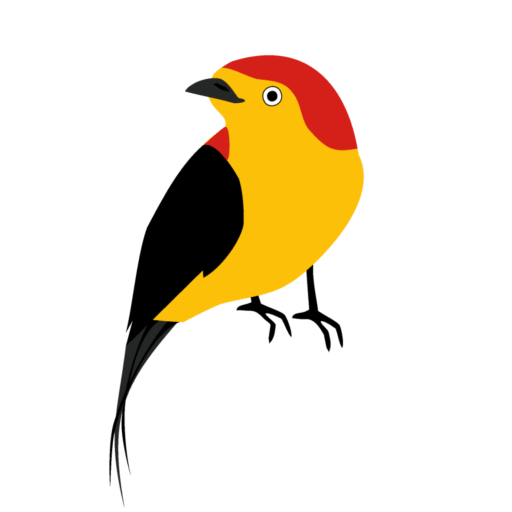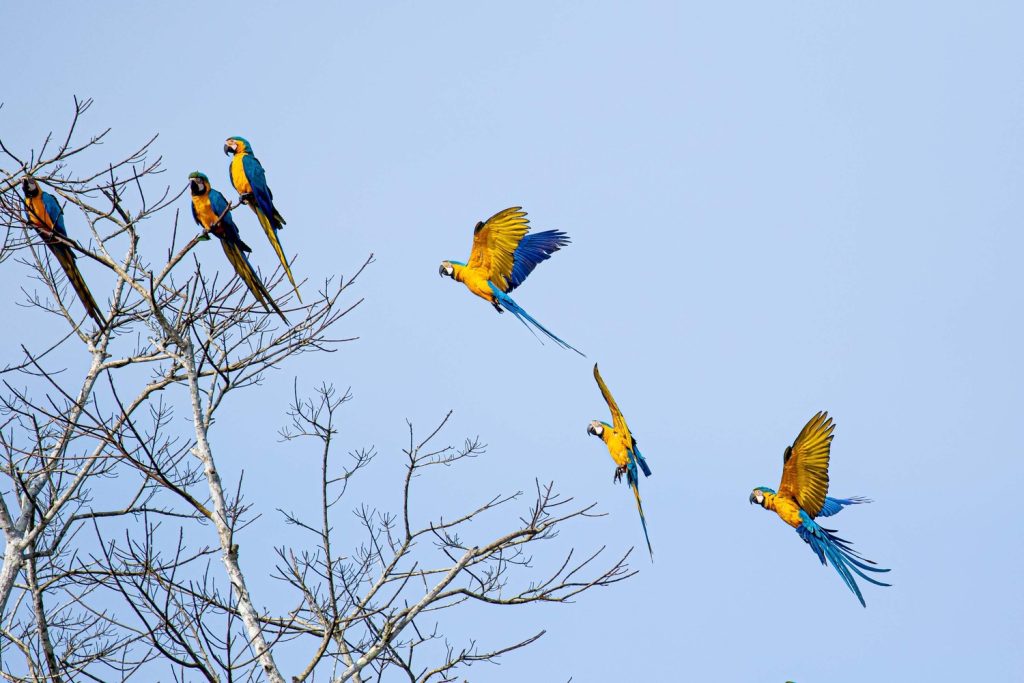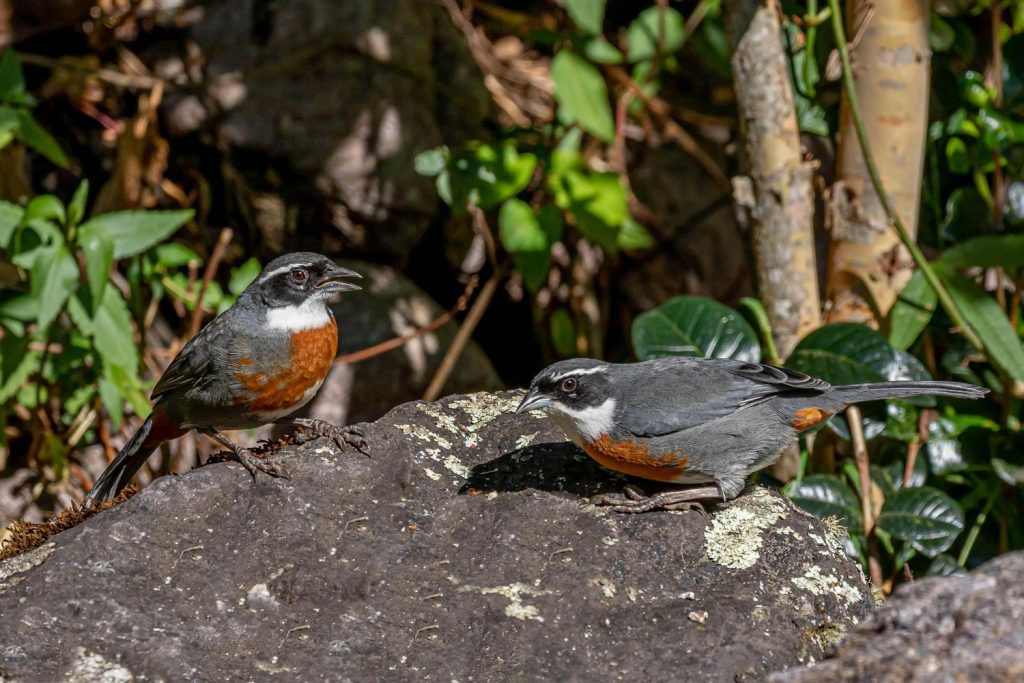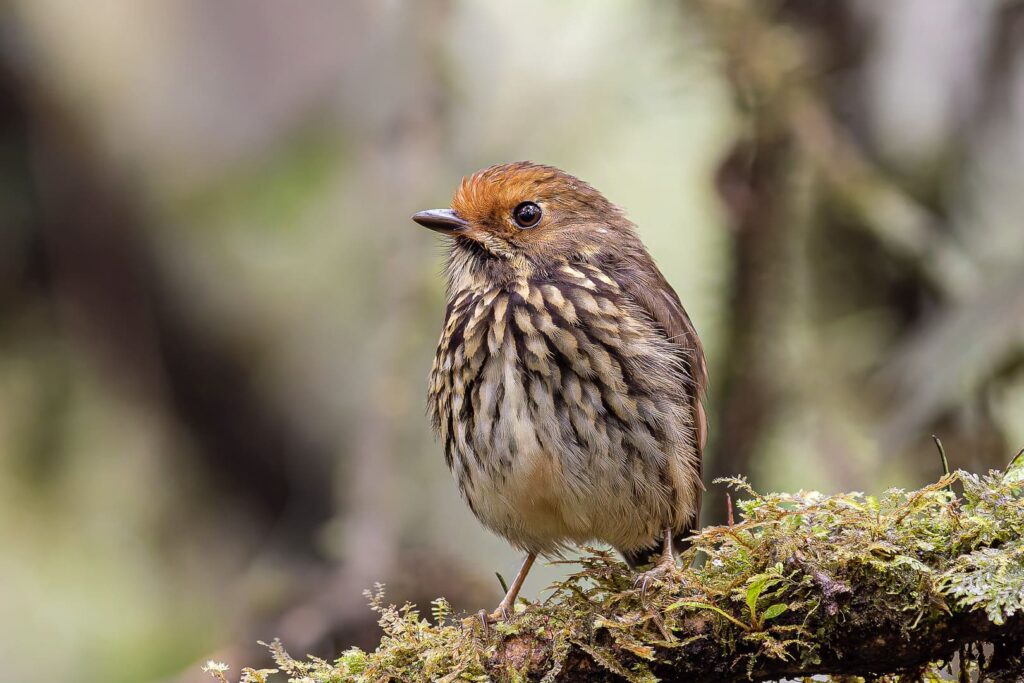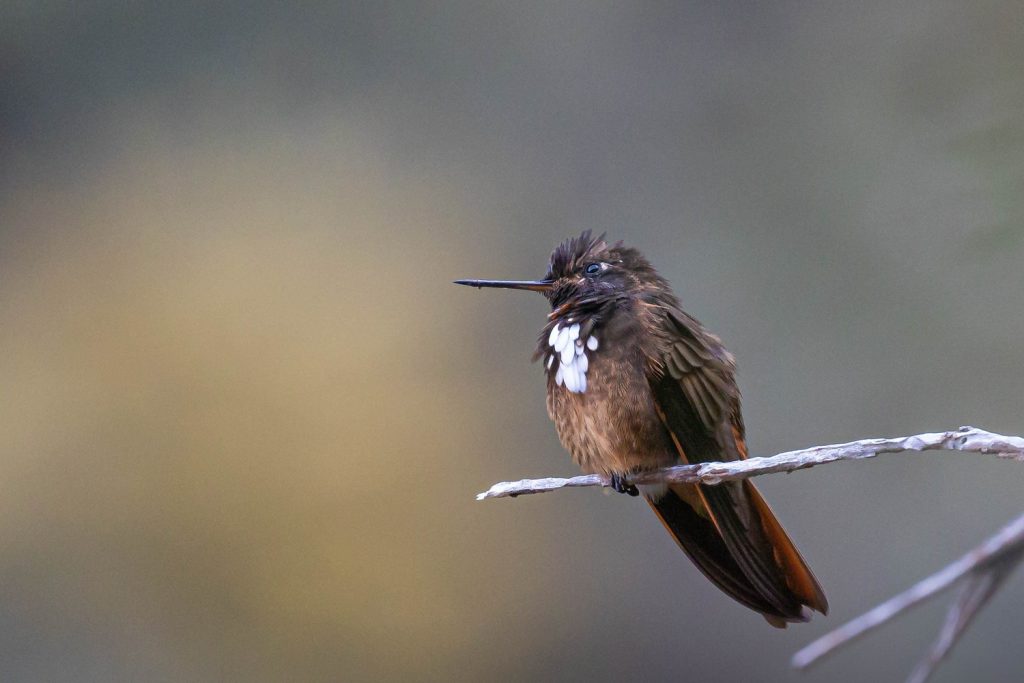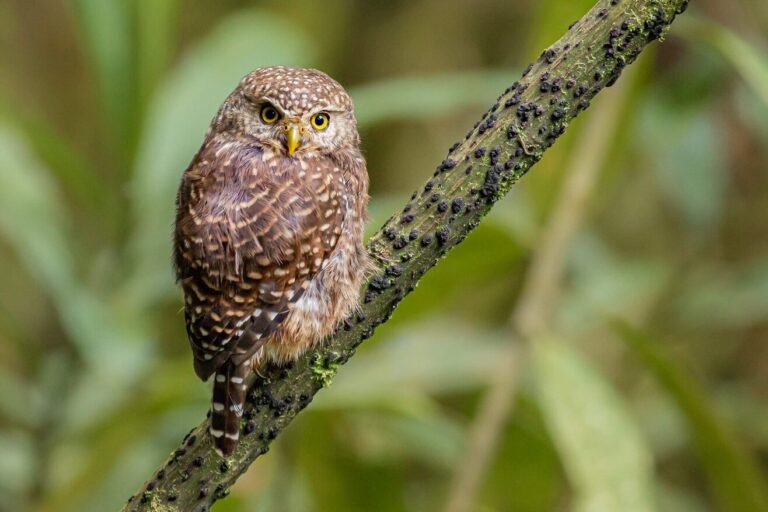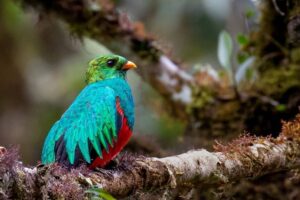First aid and Safety in Birding trips. As the sun gradually climbs above the horizon, casting its golden rays upon untamed landscapes, and the melodious symphony of birdsong fills the morning air, the heart of a birding enthusiast beats in harmony with the rhythm of nature. In the realm of wilderness and birding trips, where every rustle of leaves and every flutter of wings can be a source of enchantment, these excursions are more than just outings; they are immersive journeys into the avian world. However, amidst the captivating beauty and the tranquil serenity of nature’s embrace, it is essential to remember that these remote settings can pose challenges and potential risks.
Here, we are committed to being your steadfast guide in the captivating and, at times, challenging world of birding and wilderness exploration. We understand the thrill of spotting a rare avian species, the excitement of capturing that perfect bird photograph, and the peace found in observing our feathered friends in their natural habitats. At the same time, we acknowledge the unpredictability of nature and the importance of being well-prepared for any contingencies that may arise.
In Manakin Expeditions, we as a team seek excellency not only in organizing and leadding our Birding trips, but in Safety of our partners, colleagues and clients, since our team is accredited with the higgest certifications of Wilderness First Aid.
Safety in Birding Trips
Since I spent around a decade in the field, from the high Andes, cloudforest around the continent, the dryests deserts of the world and the hot/humid amazonian rainforest. After all these years I noticed not many naturalist and birders are not really concious of the dangers out there and often reserve first aid for adventure activities, when in reality, birding and natural trips, while not as physically demanding as hiking or rafting, frequently take us to geographical and physiological limits as well as places with high biodiversity where, in addition to the colorful and coveted endemic birds, you can also encounter other, somewhat more dangerous creatures such as snakes, mosquitoes, spiders, mammals, and more.
It is not my intention, dear reader, to scare you; quite the opposite. In the Amazon and particularly in Peru, the risks are minimal and well-managed, and perhaps even less likely than the countless potential risks that can occur in the city where you currently live. However, it’s essential to be aware that while birdwatching, we might encounter events such as possible oxygen deficiency, cold, heatstroke, pre-existing illnesses that may surface during the tour, or other often overlooked aspects like blisters and sores on your feet, which could diminish the enjoyment of your long-awaited vacation trip.
The primary purpose of first aid is not to cure illnesses – we wish we could do that – but to be aware of dangers in order to prevent them or to act efficiently in order to minimize further harm, provide emergency care at the field or, in extreme cases, make correct evacuation decisions.
So, when choosing a Birding trip one of the variables to consider who to travel with must be the protocols and certification of the Tour leaders in First Aid.
Birding is not just a hobby; it’s a passion, a way of life, and an opportunity to connect with the natural world on a profound level. It’s about understanding avian behaviors, migration patterns, and their ecosystems. And while these journeys are a celebration of biodiversity and a testament to our shared love for birds, they also entail a responsibility to ensure our safety and the safety of our fellow birding enthusiasts.
Join us on this exploration of the delicate balance between adventure and preparedness. We’ll equip you with the tools, knowledge, and skills you need to handle emergencies gracefully, so you can confidently venture into the great outdoors. Together, we’ll ensure your birding expeditions are as thrilling as they are secure. From understanding how to deal with insect bites to knowing what to do in case of minor injuries, we’ve got you covered. Safety in Birding Trips is our priority, and our aim is to make your journeys unforgettable for all the right reasons.
Our blog will provide you with invaluable insights on how to stay safe while navigating dense forests, remote trails, and challenging terrains while you observe your feathered companions. We’ll delve into the world of safety in birding trips, sharing tips and information about essential medical supplies, emergency response techniques, and strategies for mitigating the risks associated with outdoor adventures. You’ll gain a deeper understanding of the environment, its potential hazards, and how to adapt to any situation that may arise.
Birding is a window into a realm of wonder, and with the right knowledge and preparedness, you can explore it with confidence. So, whether you’re a seasoned birdwatcher or someone just discovering the joy of birding, our blog is your dedicated resource for staying safe, having an incredible time, and enhancing your connection with the natural world. Embrace the thrill of birding and wilderness exploration and let’s embark on this exciting journey together.
Understanding Basic First Aid Principles
- Assessment and Prioritization: Before you even set out on your birding journey, it’s crucial to understand the primary principle of first aid: assessing and prioritizing injuries or illnesses. Recognize that in the wilderness, resources may be limited, and you must make quick decisions about who needs immediate attention and how to administer it. Learn to assess the severity of an injury or illness, categorizing them as life-threatening, serious, or minor.
- CPR and AED: Cardiopulmonary resuscitation (CPR) is a vital skill for any outdoor enthusiast. If you come across someone experiencing cardiac arrest, knowing how to perform effective CPR can be the difference between life and death. Additionally, learn how to use an automated external defibrillator (AED) if available, as it can significantly improve survival rates in cases of cardiac arrest.
- Wound Care: Birding often takes you through diverse terrains, where injuries such as cuts, scrapes, and puncture wounds can occur. Understand the importance of cleaning and disinfecting wounds, applying appropriate dressings, and knowing when to seek medical help for more serious injuries.
Recognizing Common Outdoor Injuries
- Insect Bites and Stings: Insect bites and stings can be more than just annoying; they can lead to allergic reactions. Learn how to identify and treat insect bites and stings promptly, as well as how to recognize signs of a severe allergic reaction, such as anaphylaxis.
- Sprains and Strains: Uneven terrain can pose a risk for ankle and joint injuries. Familiarize yourself with the R.I.C.E. (Rest, Ice, Compression, Elevation) method for treating sprains and strains to minimize discomfort and promote a faster recovery.
- Dehydration and Heat-Related Illnesses: Birding often requires long hours outdoors, particularly in warmer climates. Recognize the signs of dehydration and heat-related illnesses like heat exhaustion and heatstroke. Learn how to prevent these conditions and take appropriate measures if they occur.
- Wildlife Encounters: While observing birds, you might encounter other wildlife, some of which may pose threats. Understand how to react to encounters with animals, particularly if they become aggressive or pose risks like snakebites.
Stay Prepared, Stay Safe
In terms of Safety in Birding Trips, knowledge is your most valuable asset. Mastering these essential first aid skills ensures that you’re well-prepared for the unexpected, making your birdwatching excursions not only exhilarating but also safe. Remember, as a birding enthusiast, you play a crucial role in preserving the habitats and ecosystems of the feathered creatures you love. Being prepared and knowing how to respond to emergencies ensures that both you and the birds remain protected in the wild. In the following sections, we’ll delve deeper into birding-specific first aid scenarios and how to create a birding-specific first aid kit that meets your unique needs.
Creating a Birding First Aid Kit
A well-prepared birding enthusiast is not only equipped with binoculars, field guides, and an abundance of patience but also a thoughtfully assembled first aid kit designed for the unique challenges of birdwatching in the great outdoors. In this section, we’ll guide you through the process of creating a birding-specific first aid kit.
Tailoring Your Kit to Birding Expeditions
Birdwatching often takes you off the beaten path into remote and natural environments. Your first aid kit should reflect the specific challenges and potential injuries you might encounter during your adventures.
- Container: Choose a durable, waterproof container for your first aid supplies. Look for compact, lightweight options that fit easily into your birding backpack. A clear container allows you to quickly identify and access items.
- General Supplies:
- Adhesive bandages: Assorted sizes for treating cuts and blisters.
- Sterile gauze pads and adhesive tape: To cover wounds and control bleeding.
- Antiseptic wipes: For cleaning wounds.Tweezers and scissors: Useful for removing splinters or cutting bandages and tape.
- Disposable gloves: To protect against infection when providing first aid.
- Medications:
- Pain relievers: Over-the-counter pain relievers like ibuprofen or aspirin.
- Antihistamines: For allergic reactions to insect stings or plant contact.
- Prescription medications: If you have specific medical conditions, carry your required medications.
- Personalized Birding Additions: Include items that address birding-specific risks:
- Insect repellent: To ward off ticks, mosquitoes, and other biting insects.
- Tick removal tool: Essential for areas where tick-borne diseases are prevalent.
- Antibacterial hand sanitizer: Keep your hands clean while handling your binoculars and camera equipment.
- Field guide to local flora and fauna: Identify plants and animals in case of exposure or bites.
- Emergency whistle: Helpful in attracting attention in case of an accident or injury.
- Emergency contact information: A list of emergency numbers, including your location and medical information.
- Birding-Specific Supplies: Consider adding these items to enhance your birding experience and safety:
- Sunscreen and lip balm: Protect yourself from sunburn during long hours of outdoor exposure.
- Rehydration salts: Essential for replenishing electrolytes during hot and strenuous birding excursions.
- Mini birding log or notebook: You may use your regular notebook for recording observations, injuries, and wildlife encounters alike.
- Regular Inspection and Maintenance
Once your birding first aid kit is assembled, make it a habit to regularly inspect and refresh its contents. Check expiration dates on medications and replace any items you’ve used. Ensure that everything remains clean and in good condition.
A well-prepared birding first aid kit can be your lifeline in the wilderness. It’s a valuable tool for addressing minor injuries and illnesses promptly and can make a significant difference in the outcome of more severe situations. By tailoring your kit to your birding adventures, you ensure that you’re well-equipped to safely explore the natural world while pursuing your passion for avian wonders. In the sections that follow, we’ll delve into birding-related injuries and how to address them using the supplies in your kit.
Navigating Challenging Terrain
Birding often leads enthusiasts to some of the most picturesque yet rugged landscapes, from dense forests to remote wetlands. As you chase that elusive bird or explore new birding hotspots, you may find yourself navigating challenging terrain. This section covers key aspects of staying safe on hiking trails and provides essential wilderness navigation tips for Safety in Birding Trips.
Staying Safe on Hiking Trails
- Proper Footwear: Invest in high-quality, comfortable hiking boots with good ankle support. Proper footwear reduces the risk of slips, sprains, and blisters, ensuring your hikes remain enjoyable and injury-free.
- Hydration: Carry an adequate supply of water, especially on longer hikes in warm weather. Dehydration can lead to fatigue and decreased alertness, making accidents more likely.
- Weather Awareness: Check weather forecasts before heading out and be prepared for changing conditions. Sudden storms can lead to slippery trails and pose a risk of lightning strikes.
- Know Your Limits: While the desire to see rare birds can be enticing, know your physical limits. Avoid pushing yourself beyond your comfort zone, especially in challenging terrains, and always have a plan for a safe return.
Wilderness Navigation Tips
- Maps and Compass: Always carry detailed maps of the area you’re birding in. Learn how to use a compass, even in the age of GPS devices. Having these tools as backups can be a lifesaver if technology fails.
- Mark Your Trail: As you embark on your birdwatching adventure, mark your trail as you go. This helps you retrace your steps if you become disoriented, and it’s especially crucial in areas with minimal or no cell reception.
- Landmarks: Identify prominent landmarks that can guide you. Notable trees, rock formations, or bodies of water can help you maintain your sense of direction.
- Sun and Stars: Learn to use the sun’s position and the stars to gauge direction when you’re deep in the wilderness. Familiarize yourself with their movements throughout the day and night.
- Navigation Apps: Utilize navigation apps on your smartphone but be cautious of battery life. Carry a portable charger and ensure that you have offline maps saved for the area you’re exploring.
- Stay on Marked Trails: Whenever possible, stick to established trails. Straying off paths can lead to unintended detours and potential dangers, such as getting lost or disturbing sensitive habitats.
Navigating challenging terrain is part of the adventure when you’re a birding enthusiast. By staying safe on hiking trails and mastering wilderness navigation techniques, you not only protect yourself but also respect the pristine environments where birds thrive. In the next sections, we’ll dive into other Safety in Birding Trips, from protecting your gear to understanding how to respond to wildlife encounters responsibly.
Safety in Birding trips for Photography
Birding and photography often go hand in hand, allowing you to capture the beauty of our feathered friends and relive those magical moments. However, it’s crucial to consider safety, not just for yourself but also for the wildlife you’re photographing. In this section, we’ll discuss how to protect your gear, yourself, and prevent wildlife disturbance during your birding photography adventures.
Protecting Your Gear and Yourself
- Weatherproofing: Invest in weatherproof camera gear to protect your equipment from unexpected rain showers or sudden changes in weather conditions. This ensures that you can capture the perfect shot without endangering your gear.
- Lens Filters: Use lens filters, such as UV or protective filters, to safeguard your camera lens from scratches, dust, and the occasional unexpected touch from branches or other objects while you move through the wilderness.
- Tripods and Stabilization: A good tripod provides stability for your camera, minimizing the risk of accidental drops or damage. Choose a tripod that’s lightweight and easy to carry during your birding adventures.
- Personal Safety: Your safety is paramount. While focusing on your subject, be mindful of your surroundings. Watch your step to avoid tripping or stumbling, especially in uneven or challenging terrains.
Preventing Wildlife Disturbance
- Maintain a Respectful Distance: Keep a respectful distance from the birds you’re photographing. Using a telephoto lens allows you to capture close-up shots without intruding on their space.
- Avoid Nests and Nesting Sites: Never approach nests or nesting sites, as this can cause distress to birds and may even lead to nest abandonment. Always respect the breeding and nesting areas.
- Use Appropriate Calls: Avoid using bird calls or decoys to attract birds. Artificial calls can disrupt their natural behaviors and lead to stress.
- Be Patient: Patience is a virtue in birding photography. Wait quietly and unobtrusively for birds to come to you. This approach not only ensures the birds’ comfort but often results in more natural and beautiful photos.
- Ethical Editing: In post-processing, avoid altering the natural appearance or behaviors of the birds to mislead viewers. Ethical editing respects the integrity of wildlife photography.
- Leave No Trace: Follow the «Leave No Trace» principles by picking up your trash and avoiding damage to natural habitats. Your actions should have minimal impact on the environment.
Birding photography can be incredibly rewarding, but it’s essential to balance your passion with the well-being of the birds you’re observing. Protecting your gear and showing respect for the wildlife you encounter ensures a harmonious coexistence between birding enthusiasts and the avian world. In the following sections, we’ll explore more aspects of birding and wilderness safety, from recognizing and treating environmental exposure to handling wildlife encounters responsibly.
Preventing and Treating Environmental Exposure
When embarking on birding expeditions, especially in the wilderness, you’re exposed to various environmental factors that can impact your health and safety. In this section, we’ll discuss essential tips for staying warm and dry in the wilderness and recognizing and managing heat and cold-related issues.
Staying Warm and Dry in the Wilderness
1. Dress in Layers: Layering is a key strategy for staying warm in cold and wet conditions. Start with a moisture-wicking base layer to keep sweat away from your skin, add an insulating layer for warmth, and finish with a waterproof and breathable outer layer to protect against rain and wind.
2. Waterproof Gear: Invest in quality waterproof gear, including a rain jacket, pants, and waterproof boots or shoes. Keeping dry is crucial to prevent hypothermia in cold and wet environments.
3. Insulated Clothing: Carry extra insulating layers, like down or synthetic-filled jackets, in case the weather takes an unexpected turn or temperatures drop rapidly.
4. Stay Dry from the Ground Up: Wet ground can sap body heat quickly. Use a waterproof or insulated pad to sit or stand on while birdwatching.
Recognizing and Managing Heat and Cold-Related Issues
Heat-Related Issues
1. Heat Exhaustion
Symptoms: Excessive sweating, weakness, dizziness, nausea, headache.
Treatment: Move to a cooler place, rest, drink water, and cool the body with damp cloths.
2. Heat Stroke
Symptoms: High body temperature, confusion, loss of consciousness.
Treatment: Seek immediate medical attention, while trying to cool the person by any available means (e.g., wet clothing, shade).
Cold-Related Issues
1. Hypothermia
Symptoms: Shivering, confusion, slowed heart rate, slurred speech.
Treatment: Move to a warm shelter, remove wet clothing, and warm the body slowly with dry clothing, blankets, and warm beverages.
2. Frostbite
Symptoms: Numbness, tingling, pain, or discoloration of extremities.
Treatment: Seek medical attention and, in the meantime, warm the affected areas slowly with warm (not hot) water.
In both cold and hot conditions, staying well-hydrated is essential. Carry an adequate supply of water and avoid excessive caffeine or alcohol consumption, as these can contribute to dehydration.
Being prepared for environmental exposure is an integral part of Safety in Birding Trips. By staying warm and dry in the wilderness and recognizing the signs of heat and cold-related issues, you can enjoy your birding expeditions while reducing the risks associated with extreme weather conditions. In the upcoming sections, we’ll explore additional safety measures, including strategies for dealing with wildlife encounters, and discuss the importance of effective communication and emergency signaling in the wild.
Wildlife Encounters and Safety
While birding, you’ll likely come across various wildlife, from birds to mammals and even insects. These encounters can be thrilling, but it’s essential to approach them with respect and a safety-conscious mindset. In this section, we’ll discuss what to do when you encounter animals and how to avoid common birdwatching hazards.
What to Do When You Encounter Animals
1. Maintain a Respectful Distance: Respect the wildlife’s personal space. Use binoculars or long camera lenses to observe from a distance. Getting too close can cause stress to the animal and pose potential dangers to you.
2. Remain Quiet and Still: Sudden movements and loud noises can startle or agitate animals. When observing, maintain a quiet and still demeanor to minimize disturbances.
3. Do Not Feed Wildlife: Feeding wildlife can disrupt their natural behavior, make them reliant on human food, and even lead to aggressive behavior. It’s also often illegal in protected areas.
4. Respect the Animal’s Behavior: Wild animals may exhibit signs of distress or aggression. If you notice any signs that an animal is agitated, such as vocalizations, raised fur or feathers, or aggressive postures, slowly and calmly move away.
5. Use Caution in Nesting Areas: Avoid approaching nests or young animals. Nesting birds can be particularly protective and may act aggressively to defend their nests or offspring.
Avoiding Birdwatching Hazards
1. Biting Insects: Insect repellent can help deter biting insects such as mosquitoes and ticks. Wear long sleeves and pants, and tuck your pants into your socks to reduce exposure to ticks.
2. Poisonous Plants: Familiarize yourself with common poisonous plants in the area you’re birding. Avoid contact with these plants to prevent skin irritation or allergic reactions.
3. Slip and Fall Hazards: Be cautious when navigating wet or uneven terrain. Use appropriate footwear with good traction, and take your time to avoid slipping and falling.
4. Tick Awareness: Ticks can transmit diseases like Lyme disease. After birding in tick-prone areas, check your body for ticks and promptly remove any you find.
While wildlife encounters are a highlight of birdwatching, your safety and the well-being of the animals should always come first. By following these guidelines and respecting the natural behaviors of animals, you can enjoy the beauty of wildlife without causing harm or putting yourself at risk.
Medical Response on Birding Trips
While the goal of any birding trip is to enjoy the wonders of nature and observe avian species, it’s also crucial to be prepared for medical emergencies that may arise during your adventures. In this section, we’ll explore basic wound care and dressings, as well as the fundamentals of CPR and other life-saving techniques.
Basic Wound Care and Dressings
1. Clean the Wound: If you or someone in your birding group sustains an injury, the first step is to clean the wound. Use clean water or a disinfectant wipe to gently remove dirt and debris.
2. Dress the Wound: Apply a sterile dressing or bandage to cover the wound. Use adhesive bandages for smaller cuts and gauze pads and adhesive tape for larger wounds. Keep the dressing clean and dry.
3. Pressure to Control Bleeding: For wounds that continue to bleed, apply gentle pressure using a sterile cloth or bandage. Elevate the injured area, if possible, to help control bleeding.
4. Wound Infection Prevention: To reduce the risk of infection, apply an over-the-counter antibiotic ointment to the wound before covering it with a dressing.
CPR and Other Life-Saving Techniques
1. Cardiopulmonary Resuscitation (CPR): CPR is a crucial life-saving technique. If someone in your group experiences cardiac arrest and is unresponsive, follow these steps:
- Ensure the safety of the area.
- Check for responsiveness and call for help.
- Begin chest compressions by pushing hard and fast in the center of the chest (around 2 inches deep) at a rate of 100-120 compressions per minute.
- After 30 compressions, provide rescue breaths, ensuring the chest rises with each breath.
- Continue CPR until help arrives or the person shows signs of life.
2. Choking: If someone is choking, the Heimlich maneuver can help dislodge the obstructing object:
- Stand behind the person and wrap your arms around their waist.
- Place a fist just above their navel and below the ribcage.
- Grasp your fist with your other hand and use a quick, upward thrust to force the obstruction out.
3. First Aid for Shock
- Shock can result from various emergencies, including injuries and severe allergic reactions. To help someone in shock:
- Lay the person down, elevate their legs, and cover them with a blanket.
- Keep them calm and offer reassurance until help arrives.
Learning these life-saving techniques can make a significant difference in the outcome of medical emergencies that may occur during birding trips. It’s essential to have a basic understanding of wound care and CPR, as quick and appropriate actions can mean the difference between life and death. In the upcoming sections, we’ll delve into the tools and resources available for birding and wilderness safety, including creating an effective first aid kit and knowing how to stay connected in remote areas.
Written by: Danny Vargas (Birding tour leader and Certified Wildlife First Responder)

